Just observing the structures constructed and built in various areas and eras can help us apprehend the evolution and development of architecture and our past.
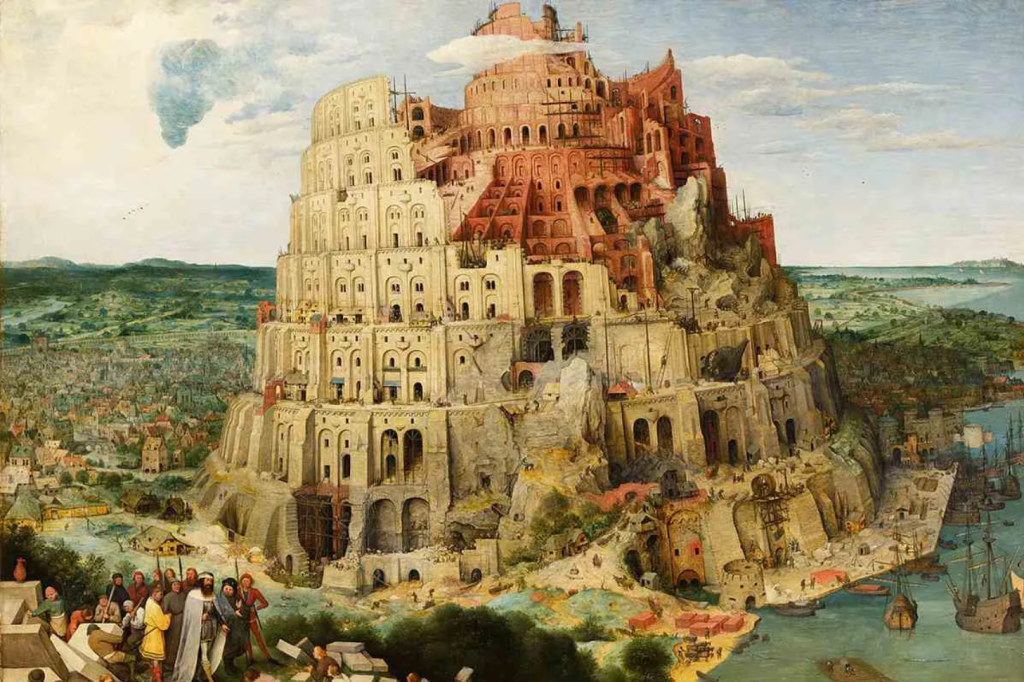
The Ziggurat and the Pyramid
The ancient ziggurat is one of the most symbolic man-made structures from our past. The enormous buildings were constructed in Mesopotamia for ritual purposes. Its fortified design was perfect for both defense and escape from rising water levels.
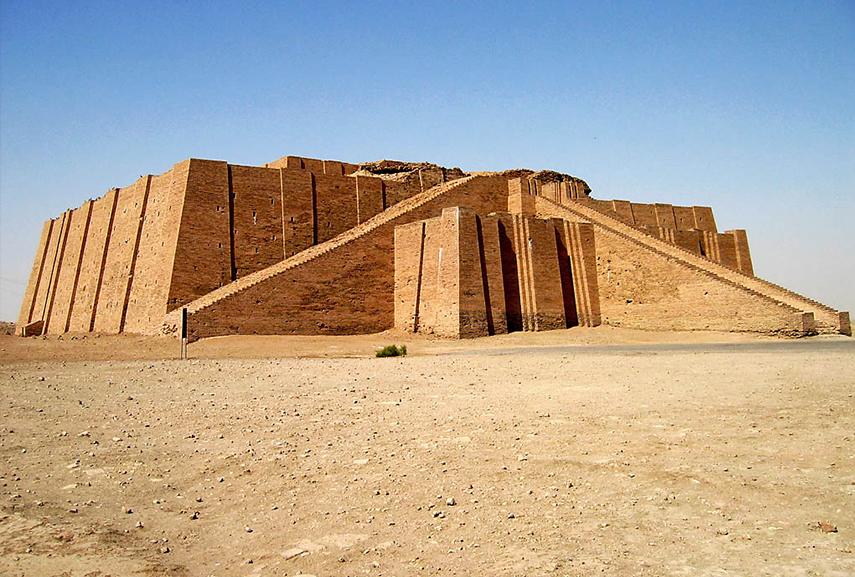

The pyramids were initially built by the Egyptians. The three pyramids in Giza, which they obtained during the Fourth Dynasty, represent the upgraded appearance of the Egyptian tomb, which people still tend to admire today.
Roman Era Architecture

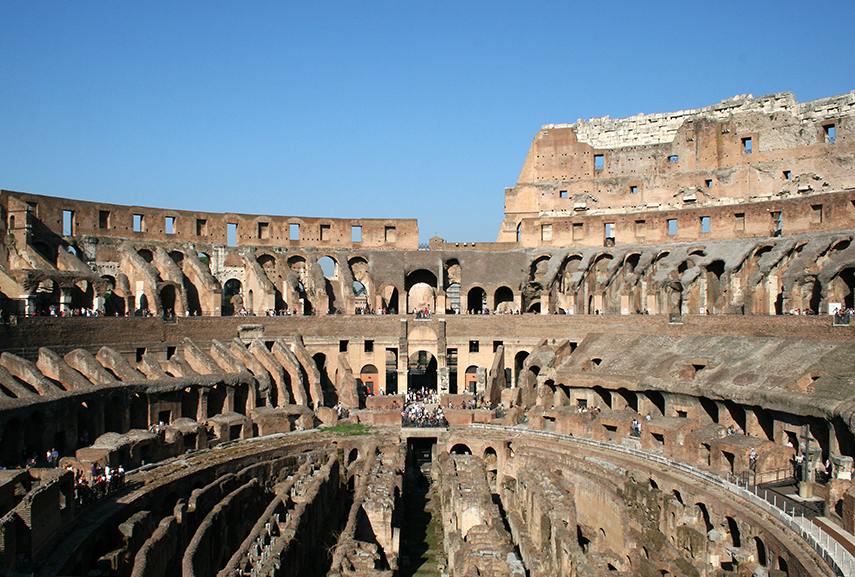
The Romans had a significant influence on the majority of Western architecture after they had conquered the Greek territories. The Romans also made a number of significant innovations of their own, including the arch and concrete. The dome and various types of arcades could finally be built.
Byzantine Architecture
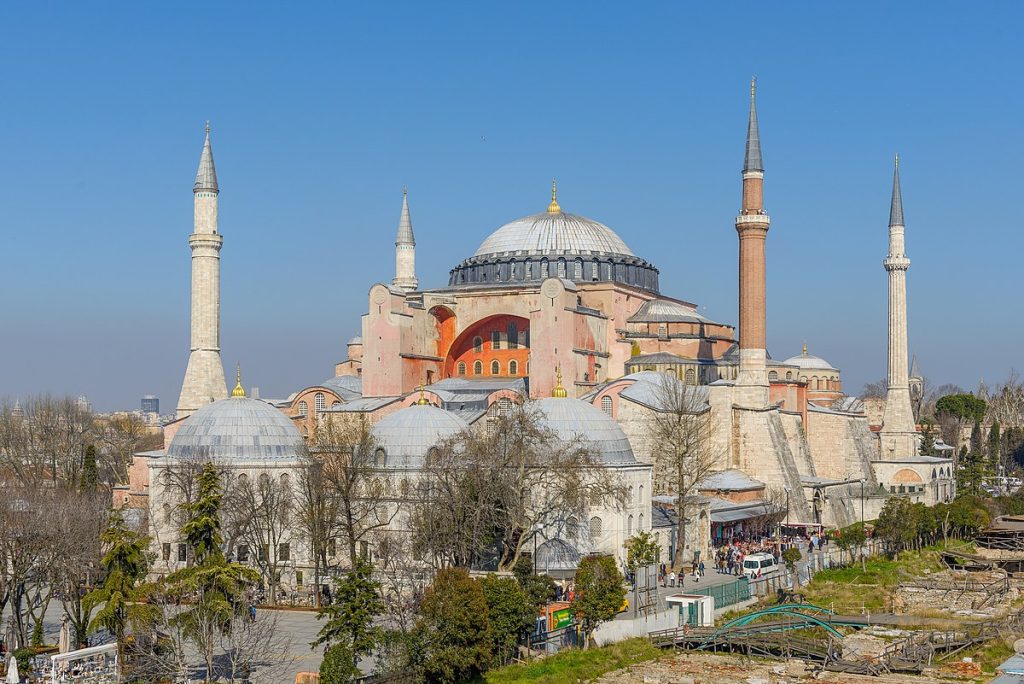

The development of architectural styles also continued as Byzantine architecture. The discovery of a method to raise the dome on piers made a significant contribution to the advancement of the dome. This indicates that the dome’s massive support beneath it was no longer required. As a result, a new type of architecture was created, with building designs beginning to reflect Islamic sensibilities.
Medieval Architecture
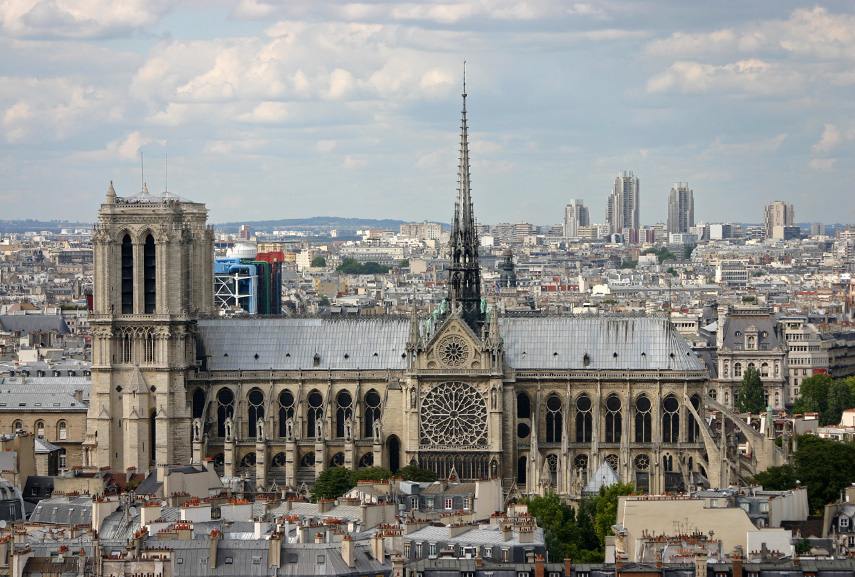
Medieval civic architecture is now extremely rare and hard to find, but you may occasionally find a castle or defense from the early Middle Ages. However, three architectural styles that have historically been categorized as “medieval” which are the Pre-Romanesque, Romanesque, and Gothic architecture, appeared in the late Middle Ages with European origins.
The Renaissance
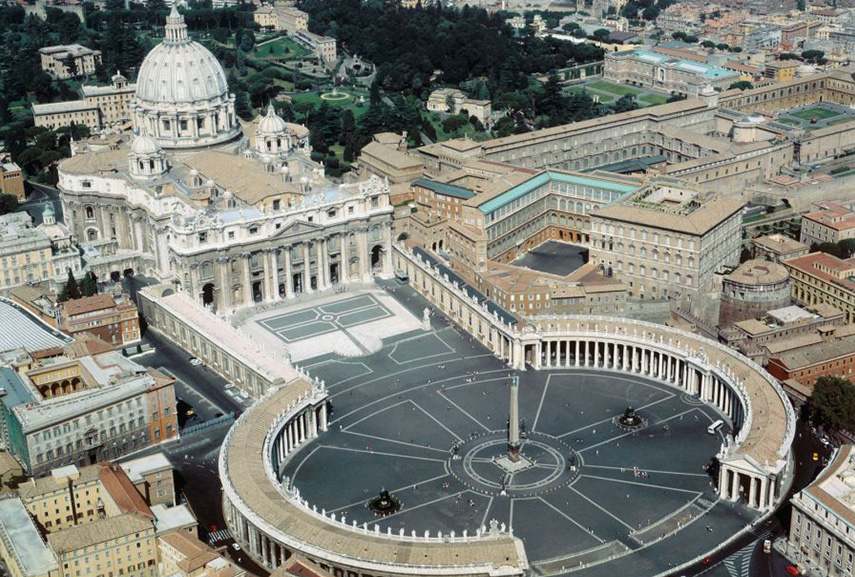
The Renaissance arrived in Italy in the early 15th century. Emphasis was placed on symmetry and proportion and how they influence human vision. Filippo Brunelleschi is regarded as the father of the Renaissance because of his contributions to architectural theory.
Baroque Architecture
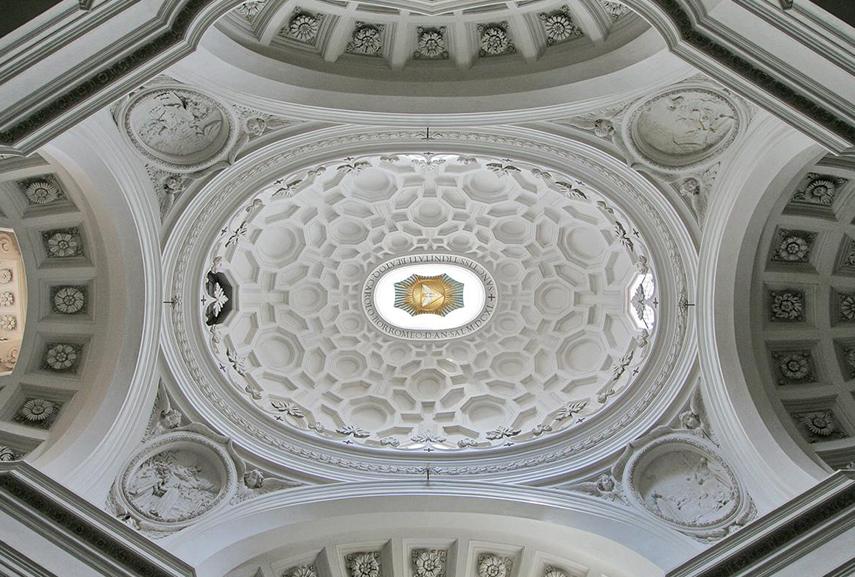
Rome is the best place to visit if you want to take a look at the Baroque architecture, since it started originally from there, and spread throughout the rest of Europe later. The Baroque architecture supported a more varied and liberated process. It was characterized by shattered decorative pieces, irregularly symmetrical floor plans, and a general absence of harmony between a building’s interior and exterior.
Neoclassicism
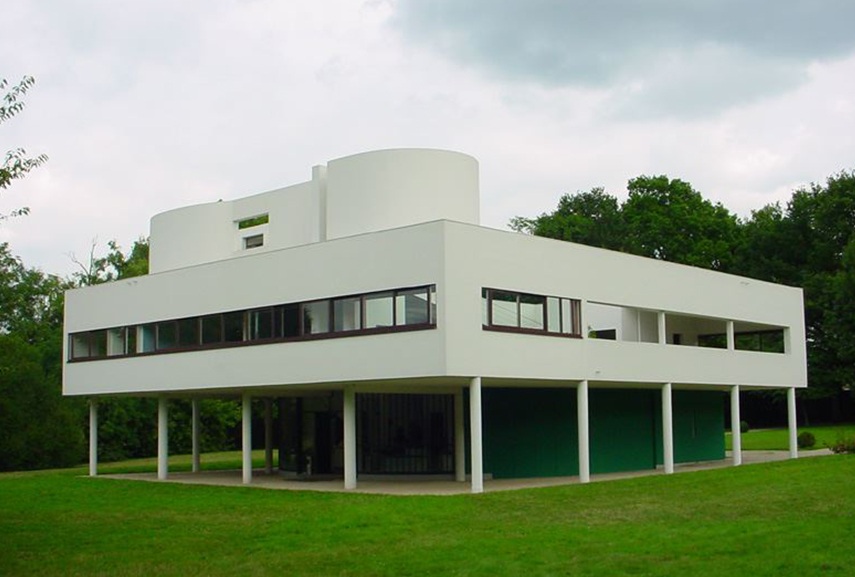
A concerted effort to return to classicism led to the emergence of neo-classical architecture and revivals. This architectural style is distinguished by its clear and simple forms, restraint, strong horizontal and vertical lines, sober colors, and external space…
Modern Architecture
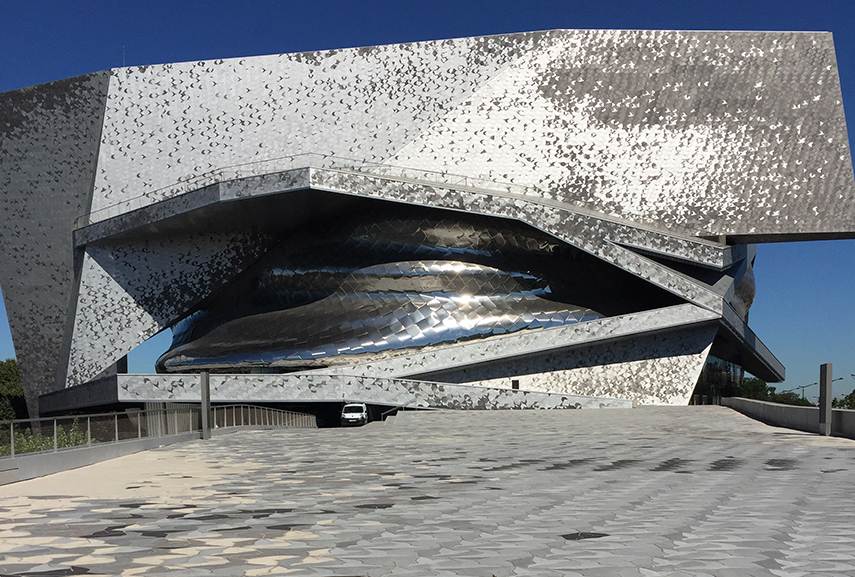
In the 19th century, significant developments in the arts and architecture happened. The whole context of architectural design was converted by modern architecture. It introduced functionalism and purified architectural forms to a very extreme point. Modernism was one of the most significant changes in architectural design. Its importance comes from postmodernism which is still influencing architects today.
Source: https://www.widewalls.ch/magazine/the-history-of-architecture